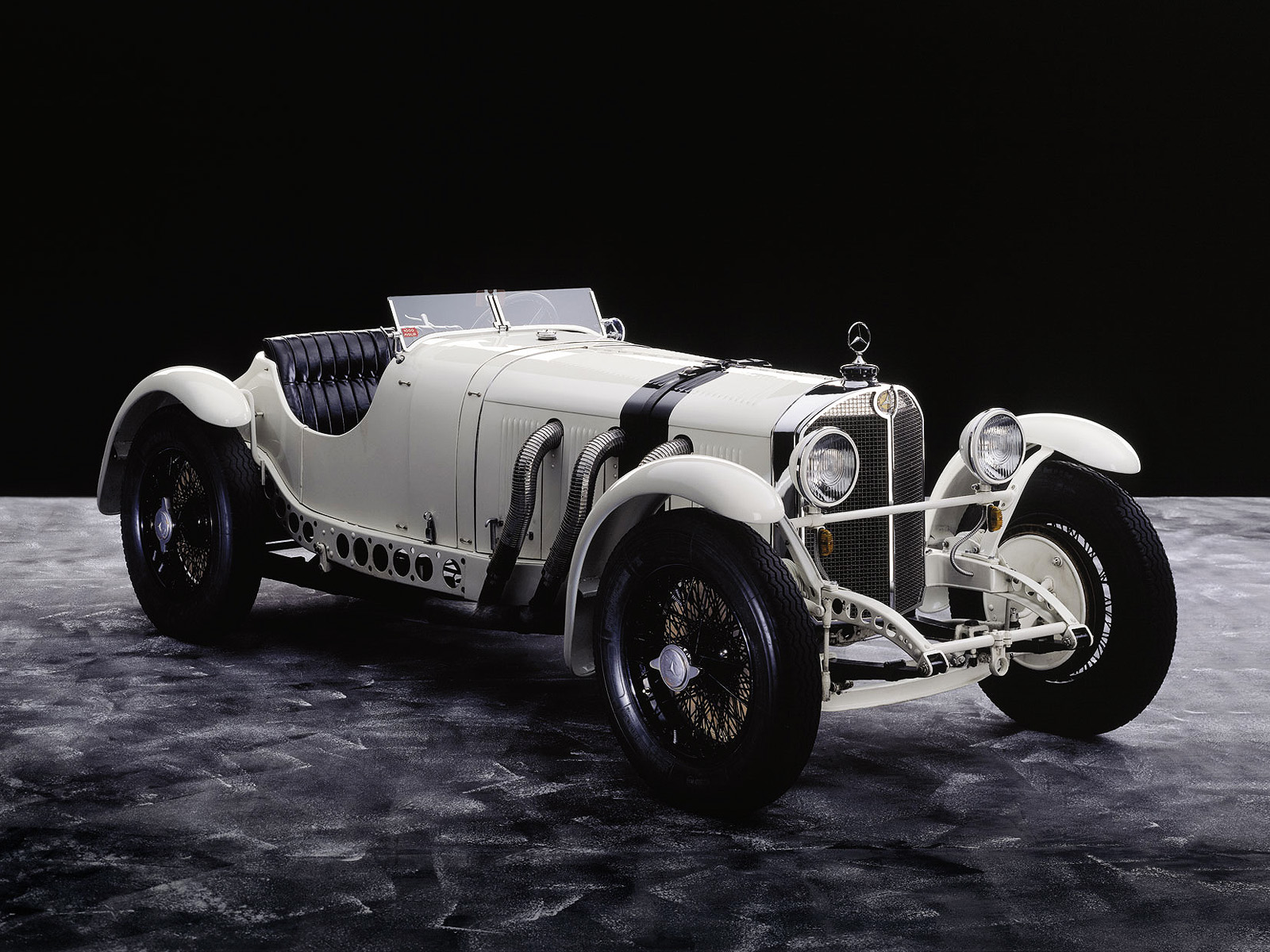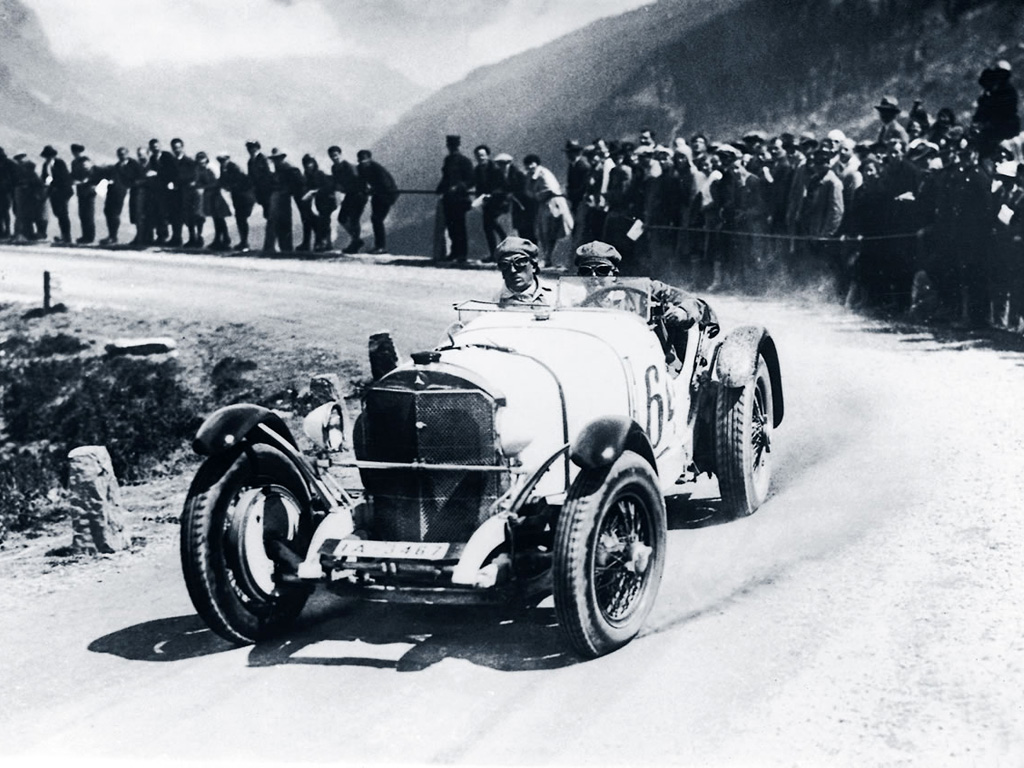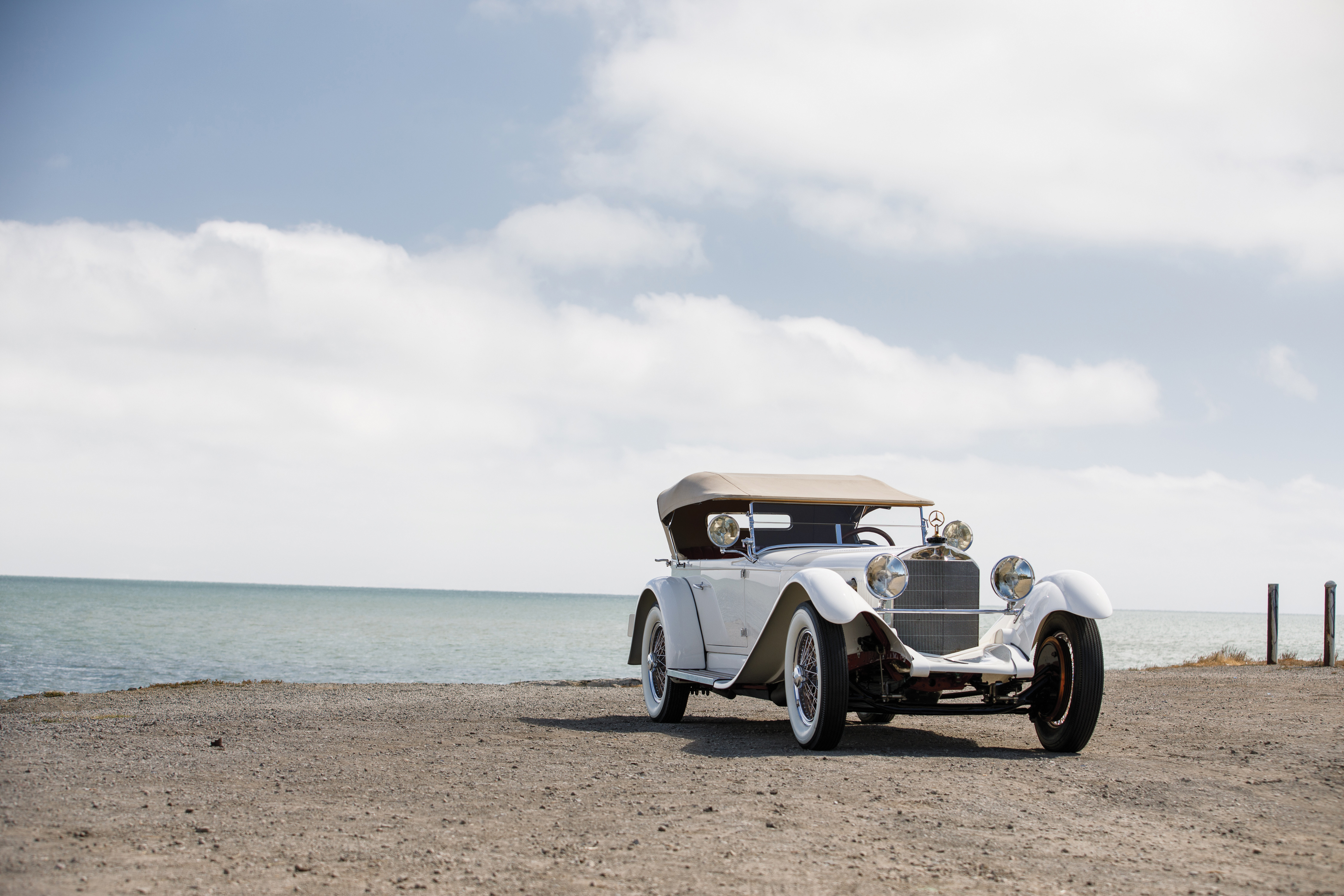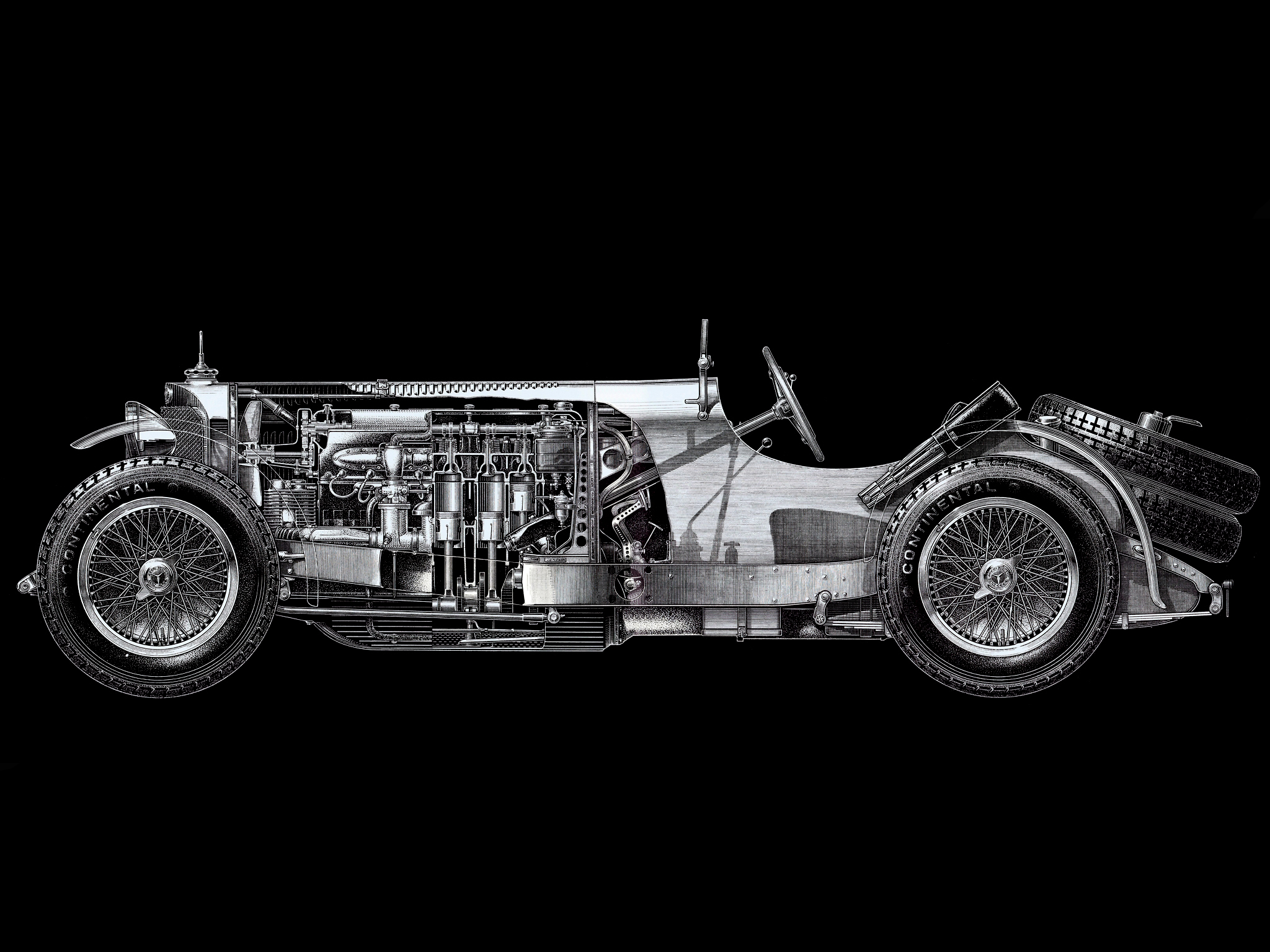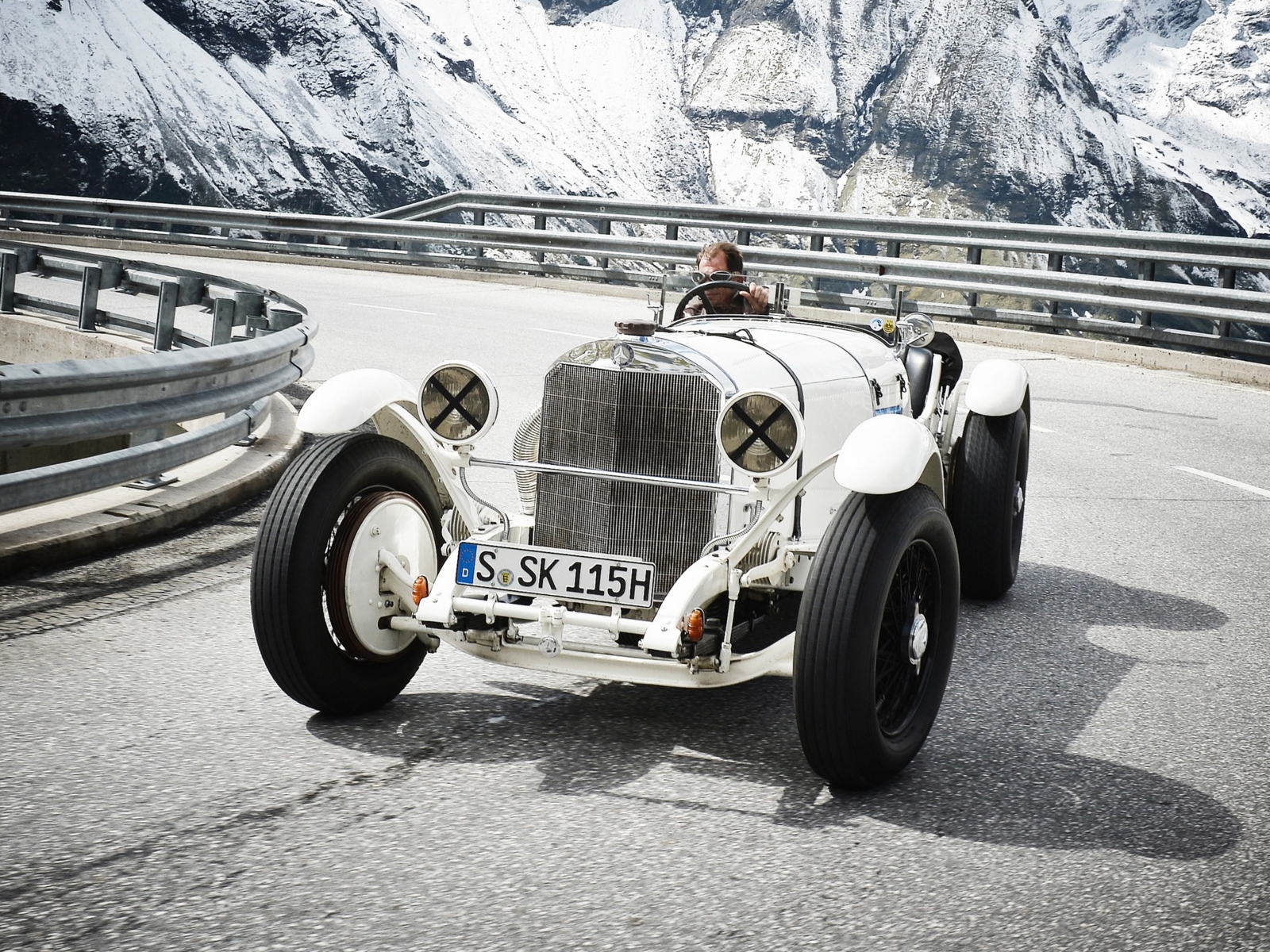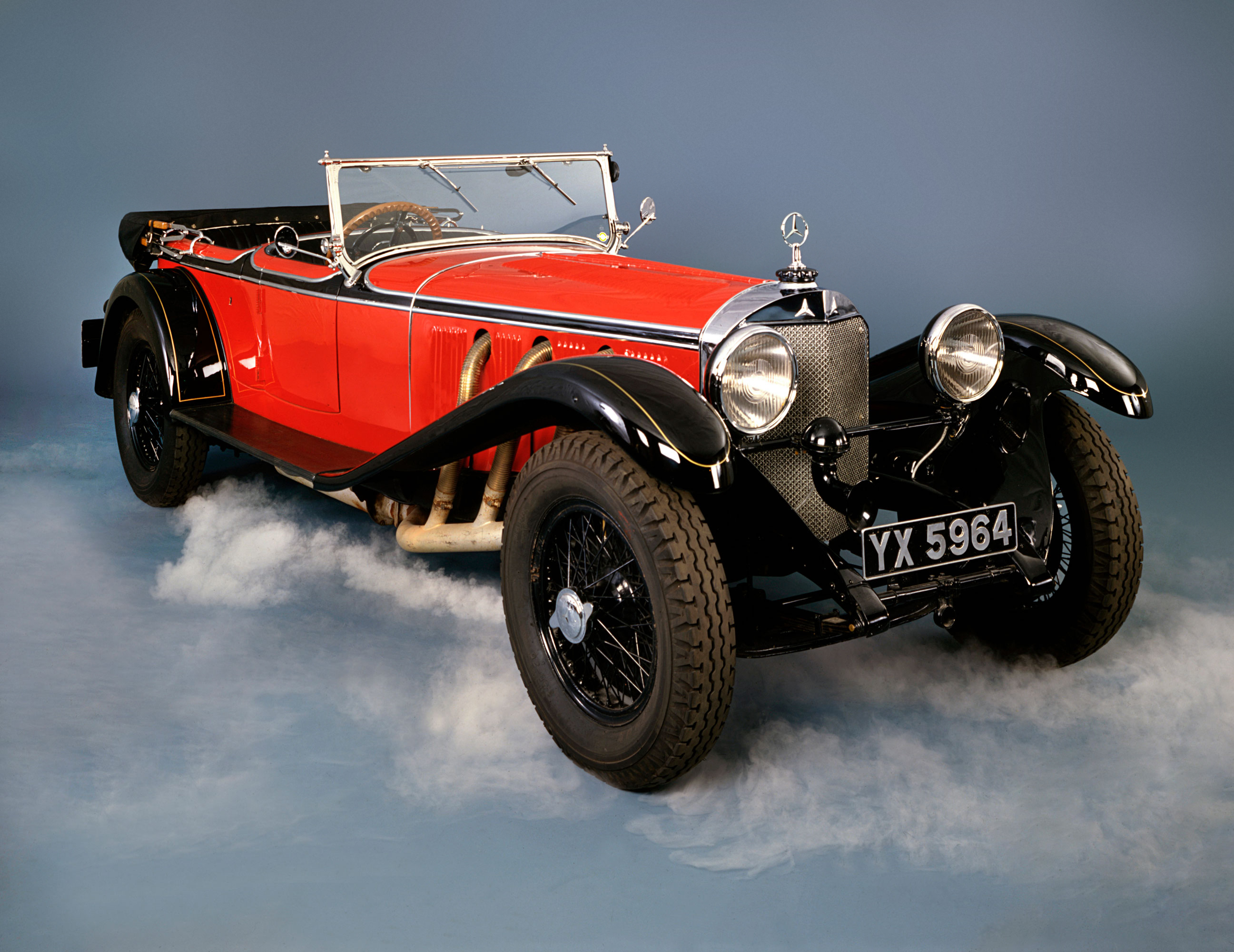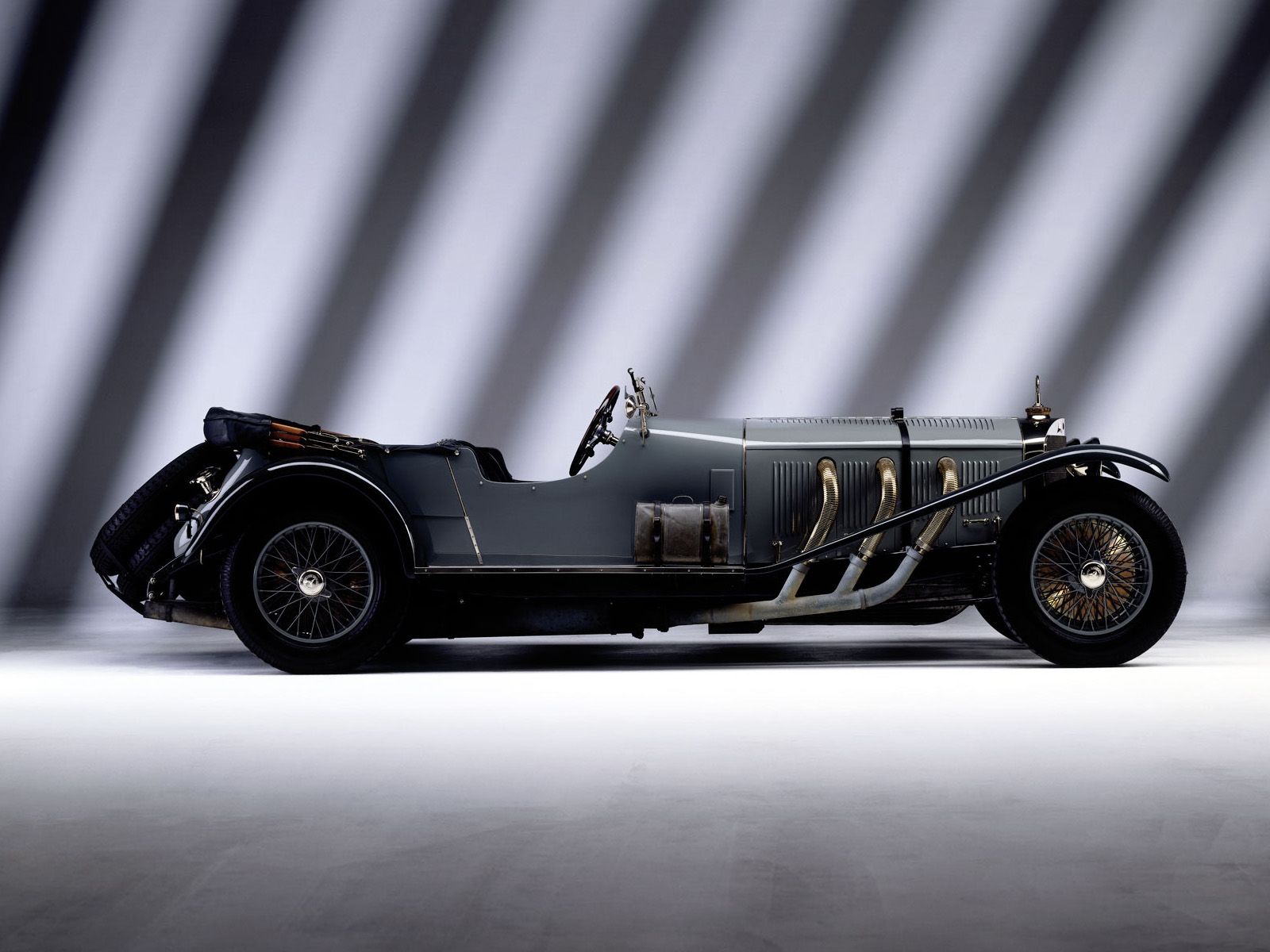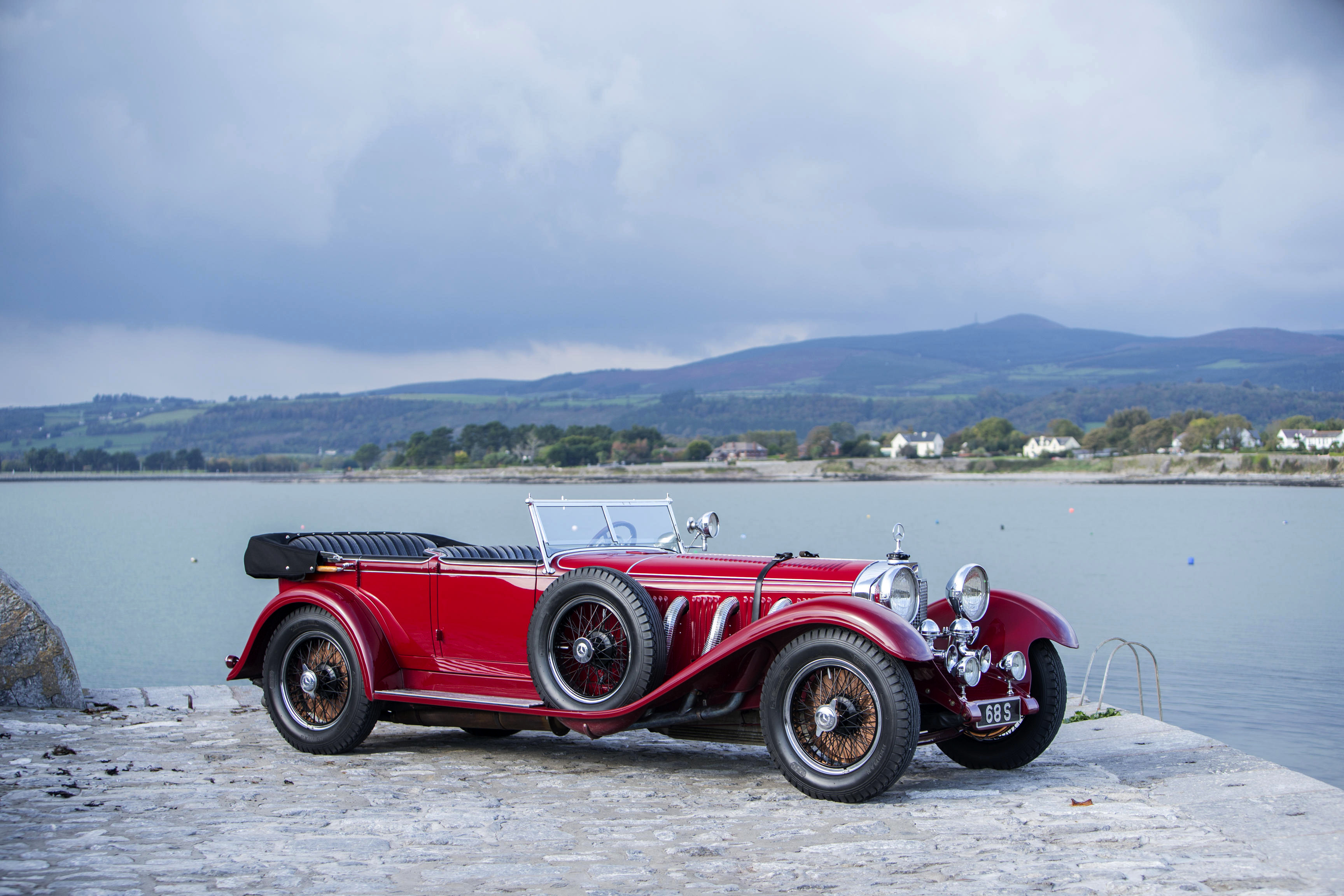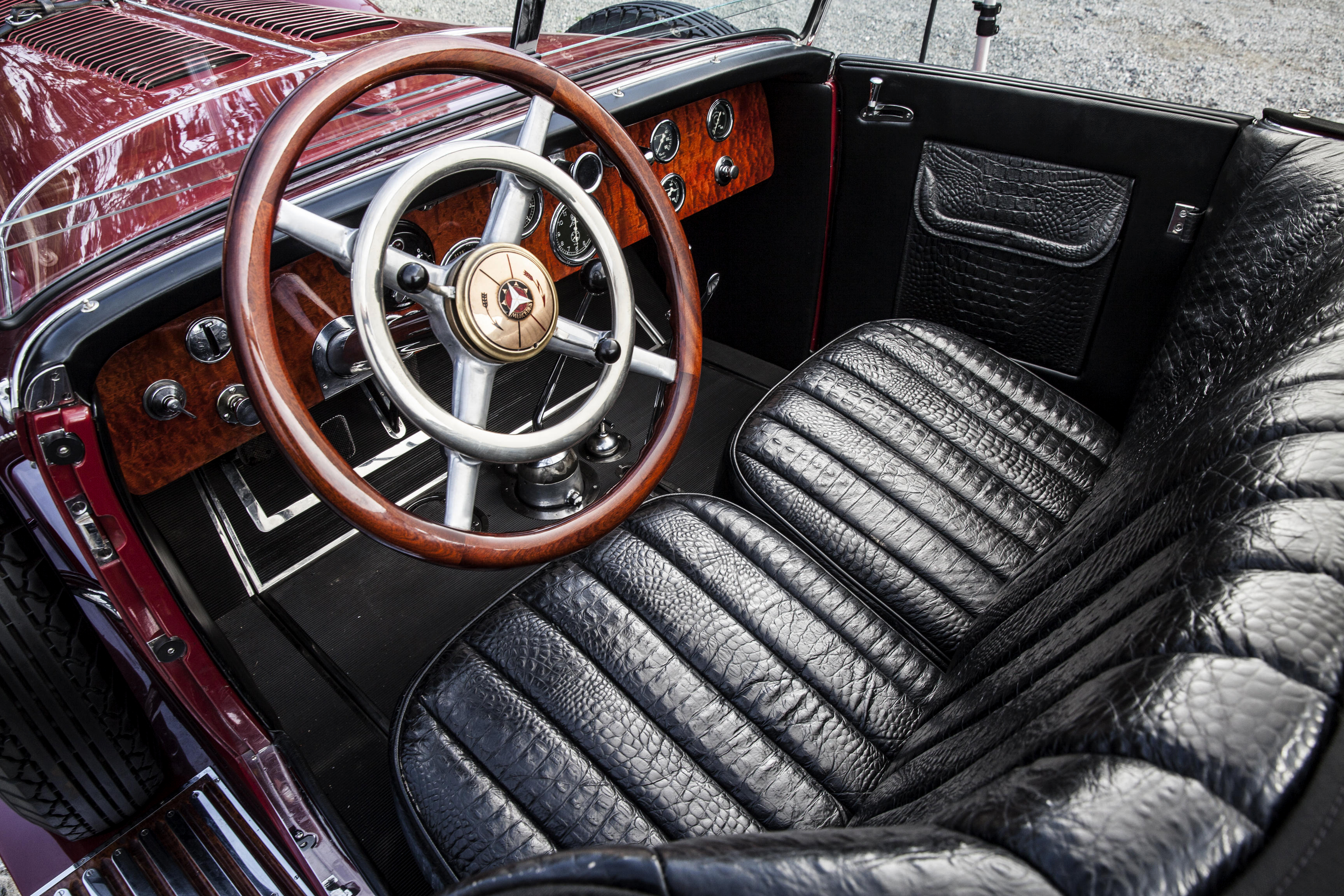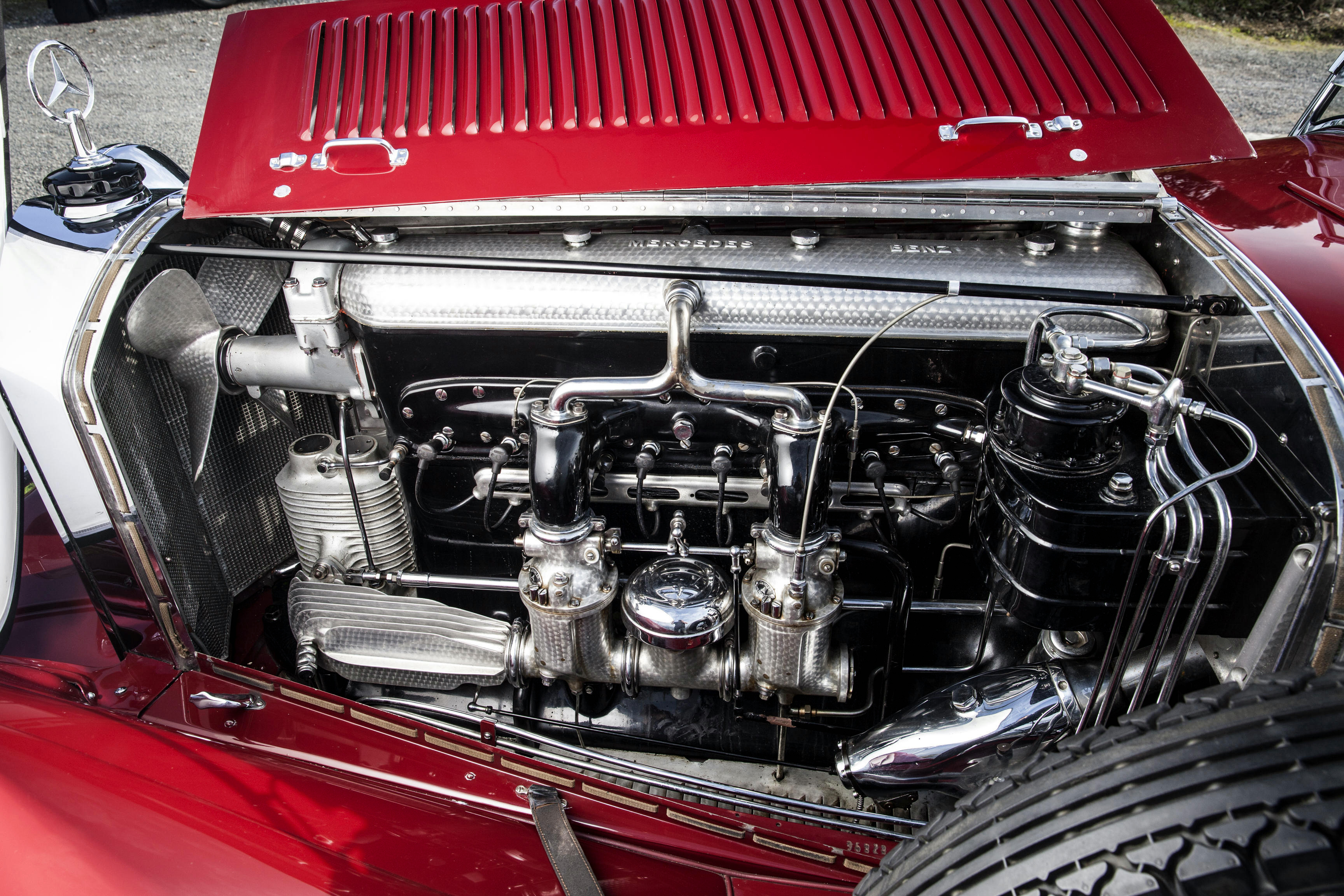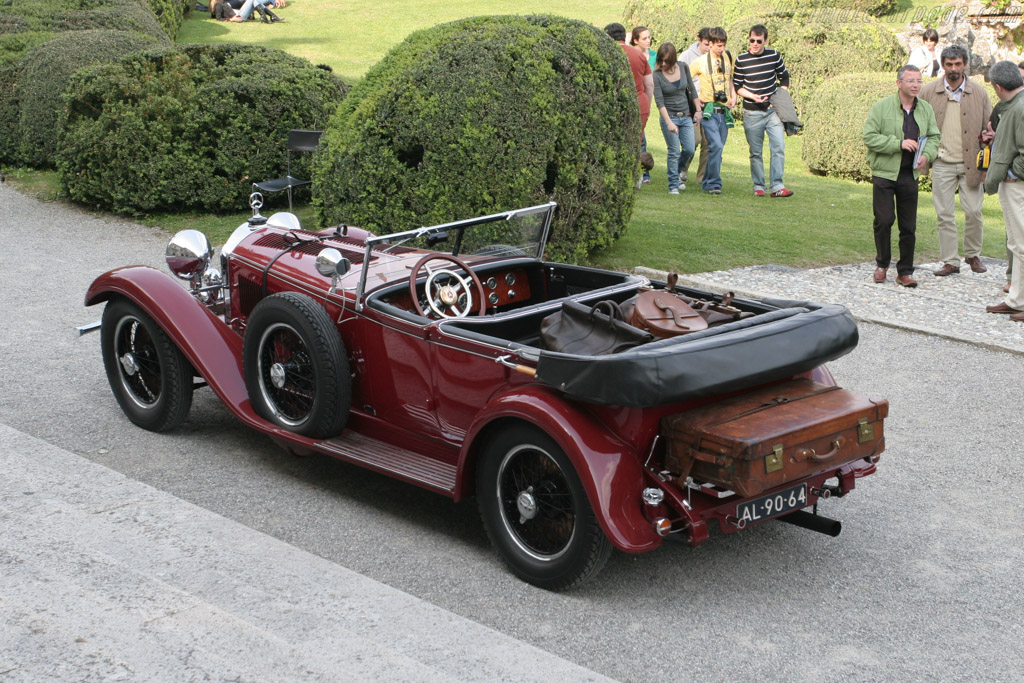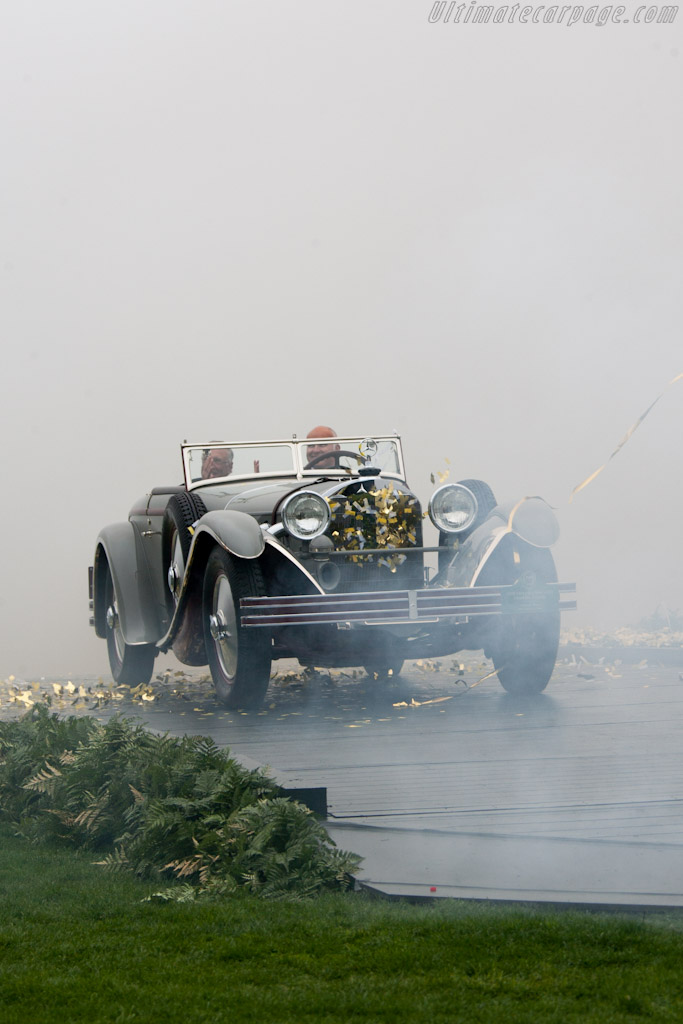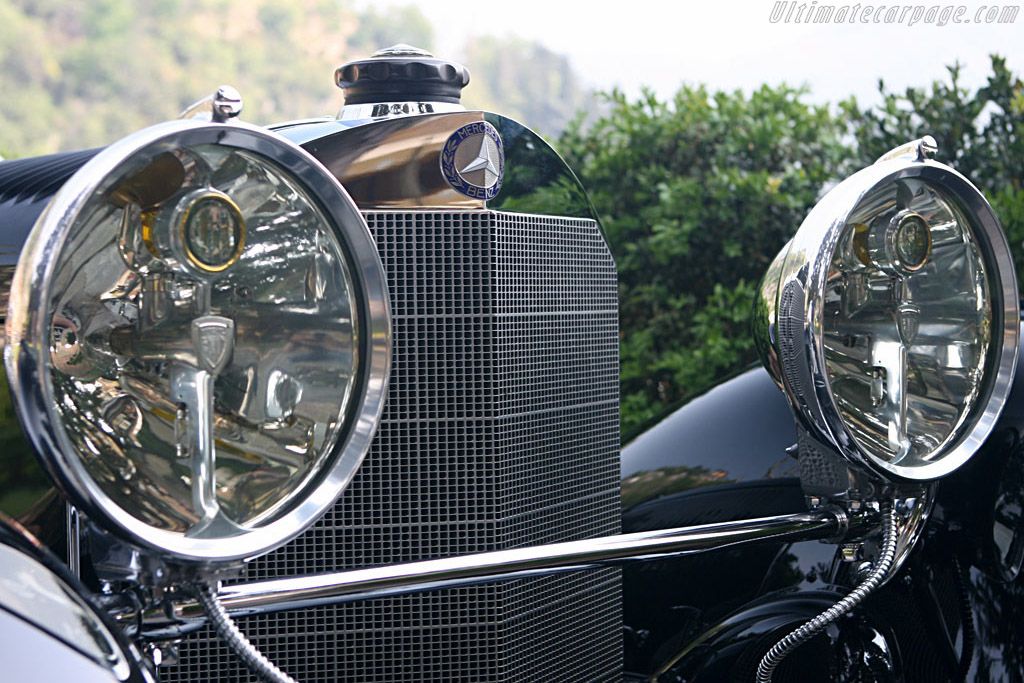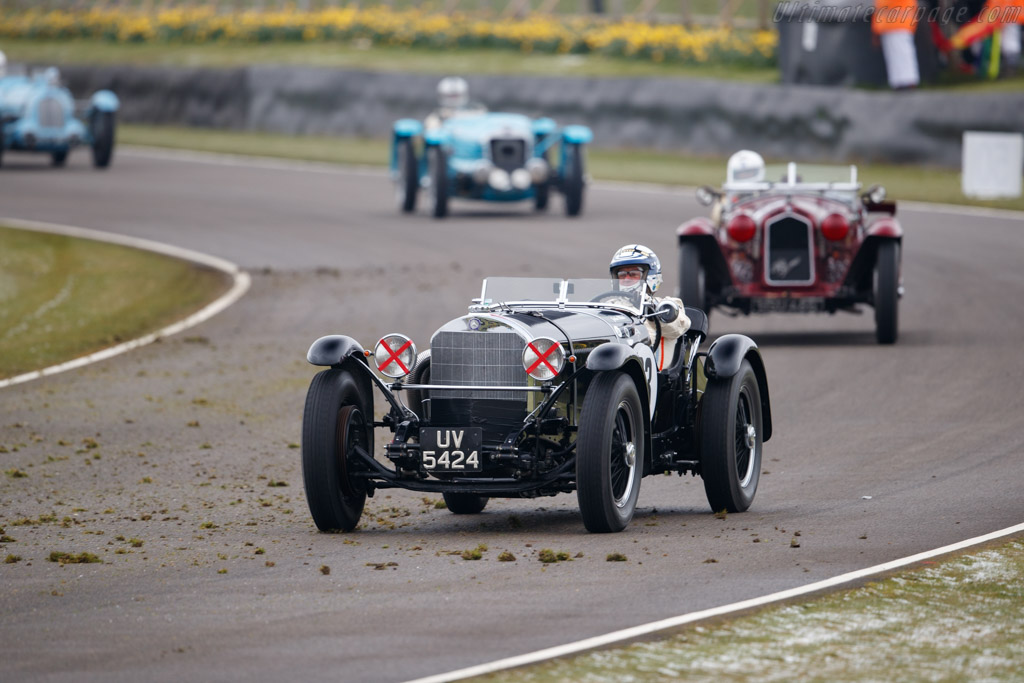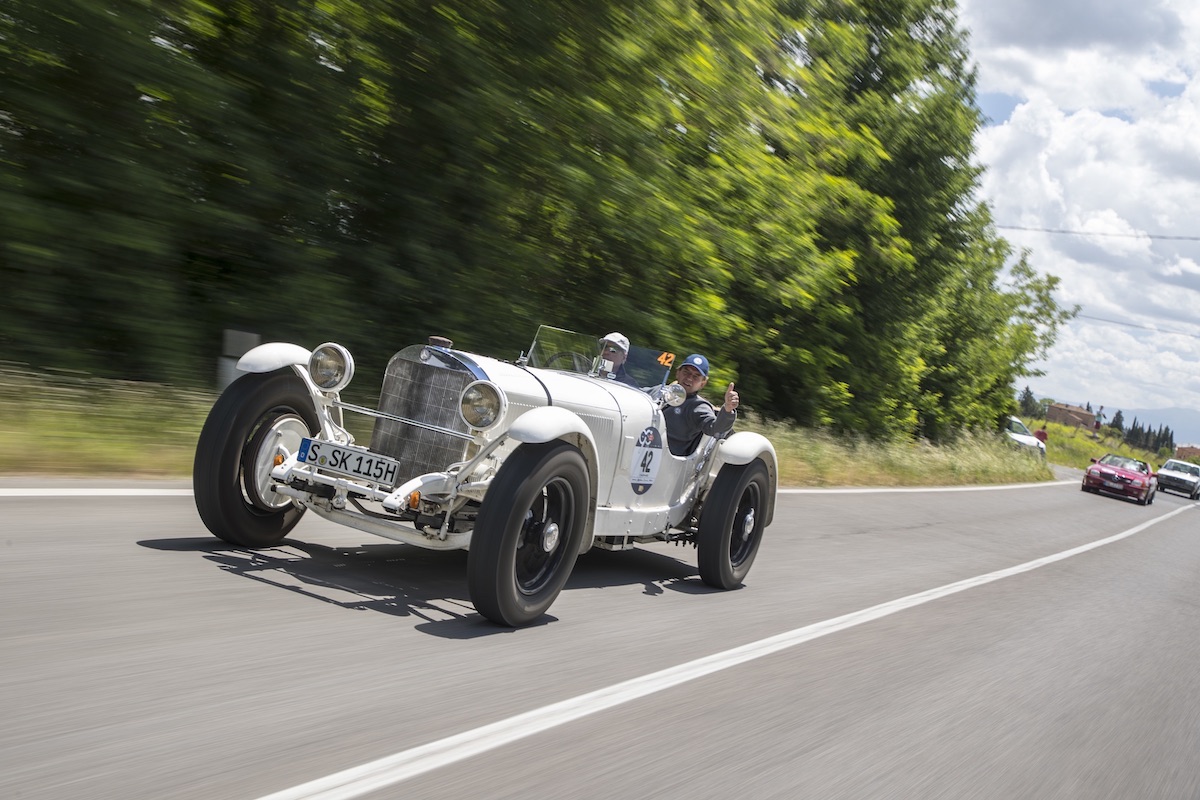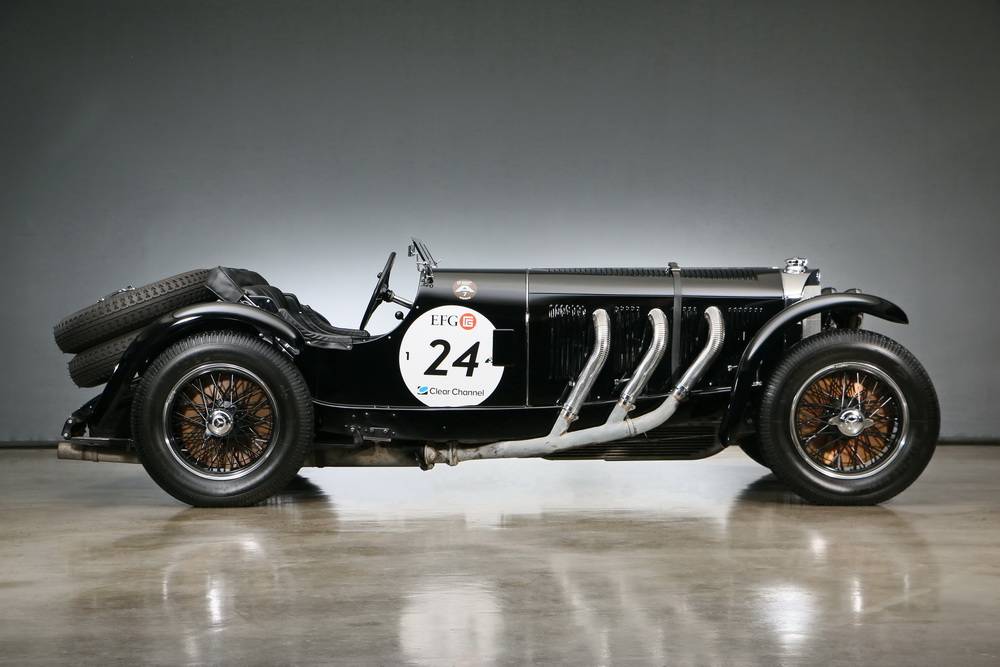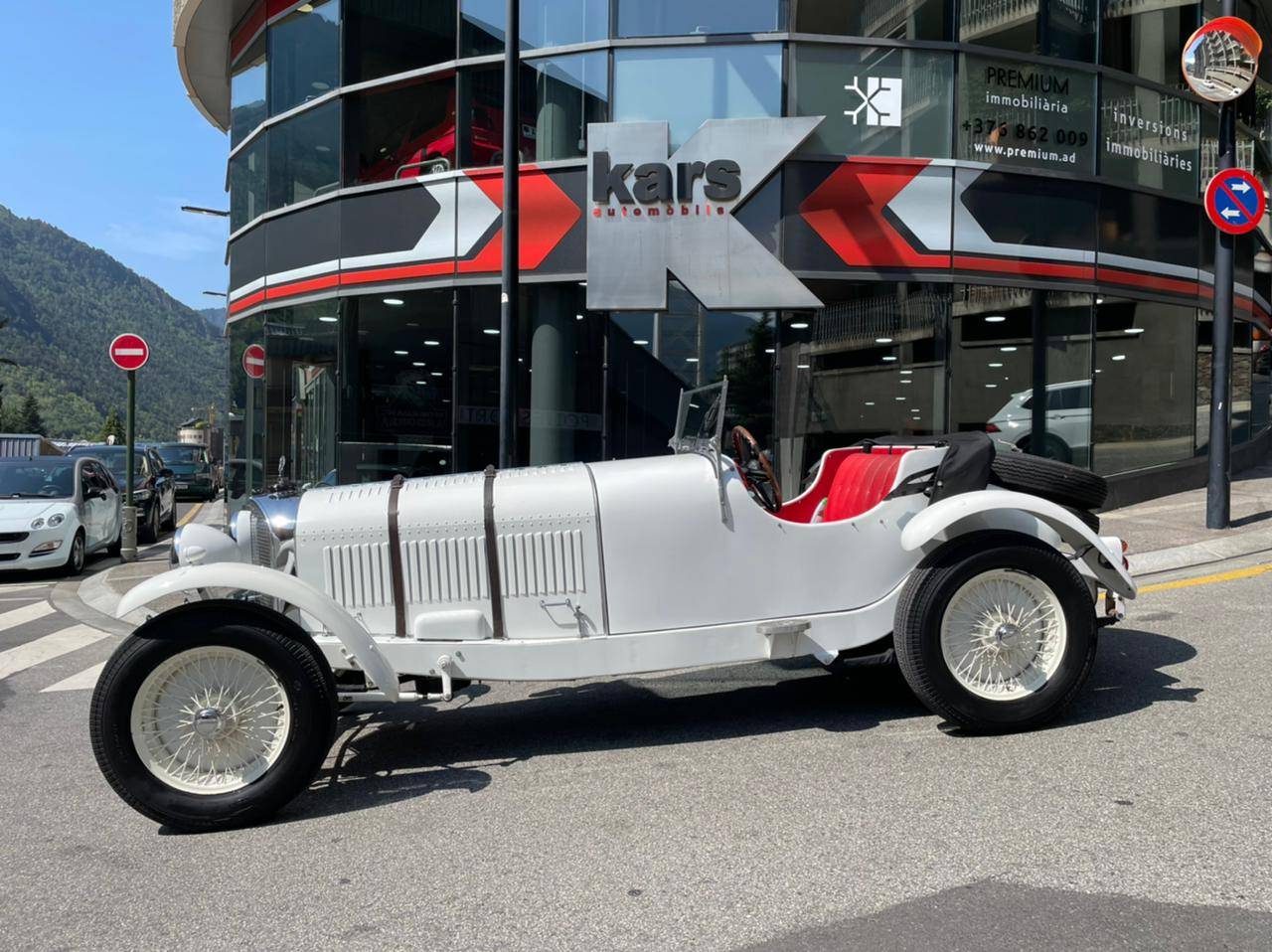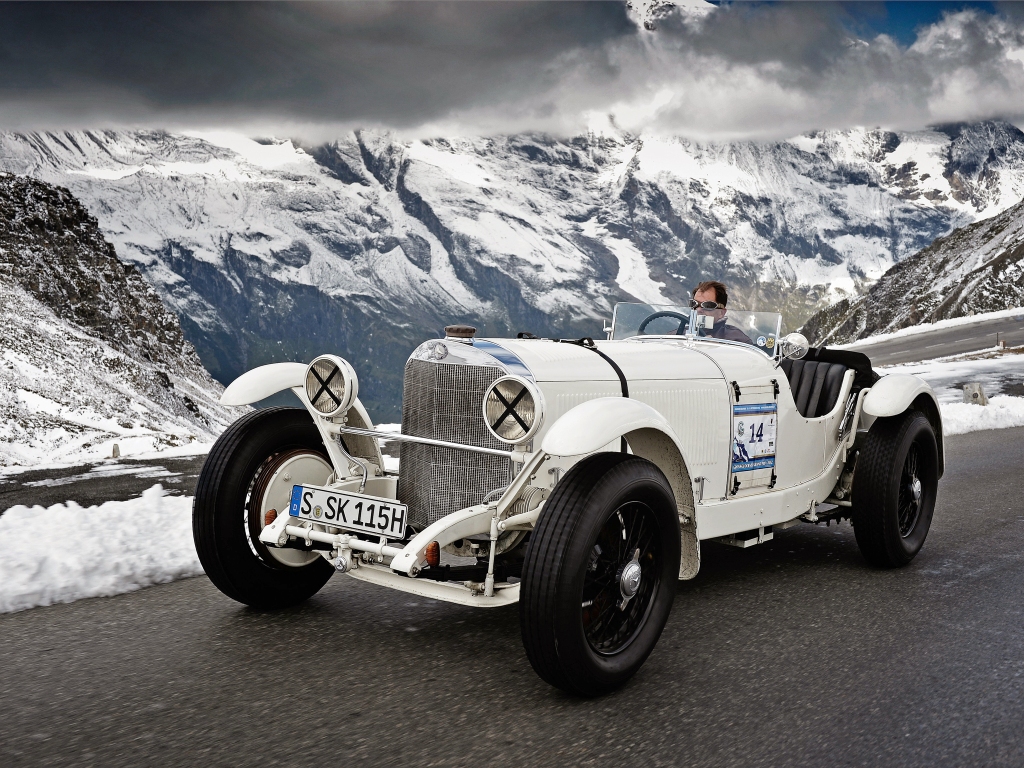
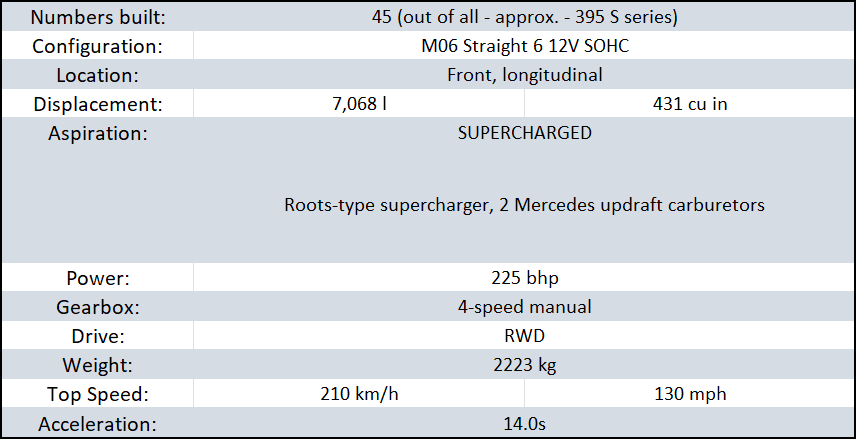
Before the era of the Silver Arrows – German racing automobiles to D-O-M-I-N-A-T-E the circuits of the world – Mercedes was racing more than capable Sportmodel branch. Model Sport of Mercedes-Benz contained variants S, SS, SSK and SSKL – all bitchslapping the Italians and the French on their best day. They were proving their worth on hillclimbs DAILY, twice the triumph at the Nurburgring and even the famous Mille Miglia race trophy went to the Germans.
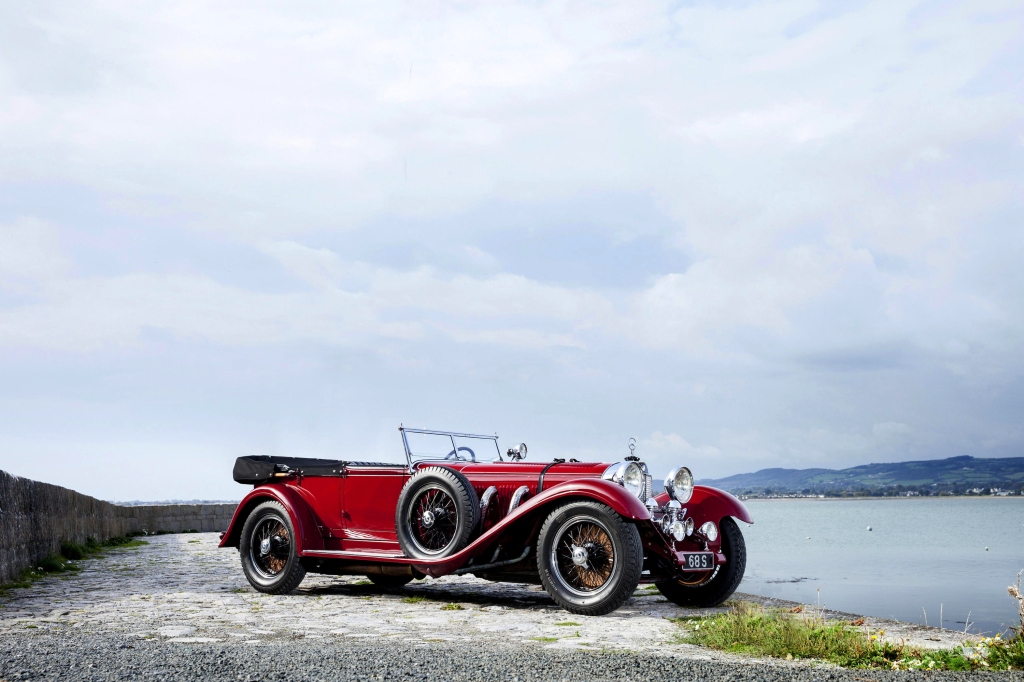

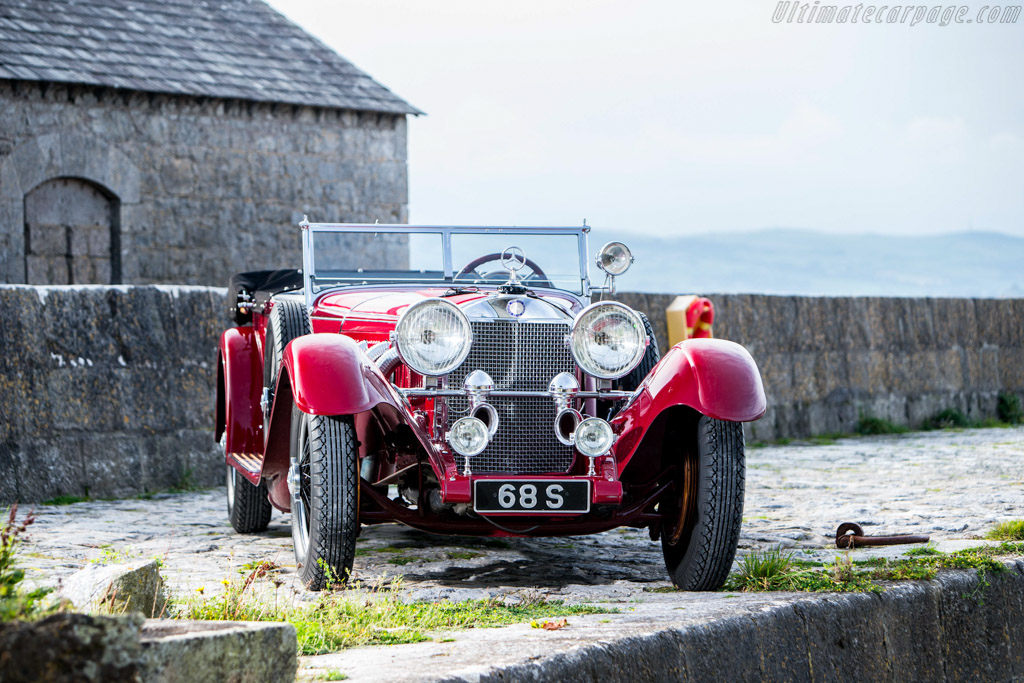
Mercedes was established as a top motorsport brand long before the First War. They were the best in Germany, but not only. First place at the French Grand Prix, and fastest cars at Indy500 race over the big water. They were the driving force for motor industry development. Then, the war comes and goes – what is left is the economical crisis and cutting costs of production. Mercedes starts to build sportscars closely related to their road-going automobiles. But now they are richer in war experience and the knowledge of aviation engineering with forced induction motors, which is not a common sight in road vehicles, but by the year 1922, ROOTS-type supercharger finds its way into car industry. In huge part thanks to Mercedes.


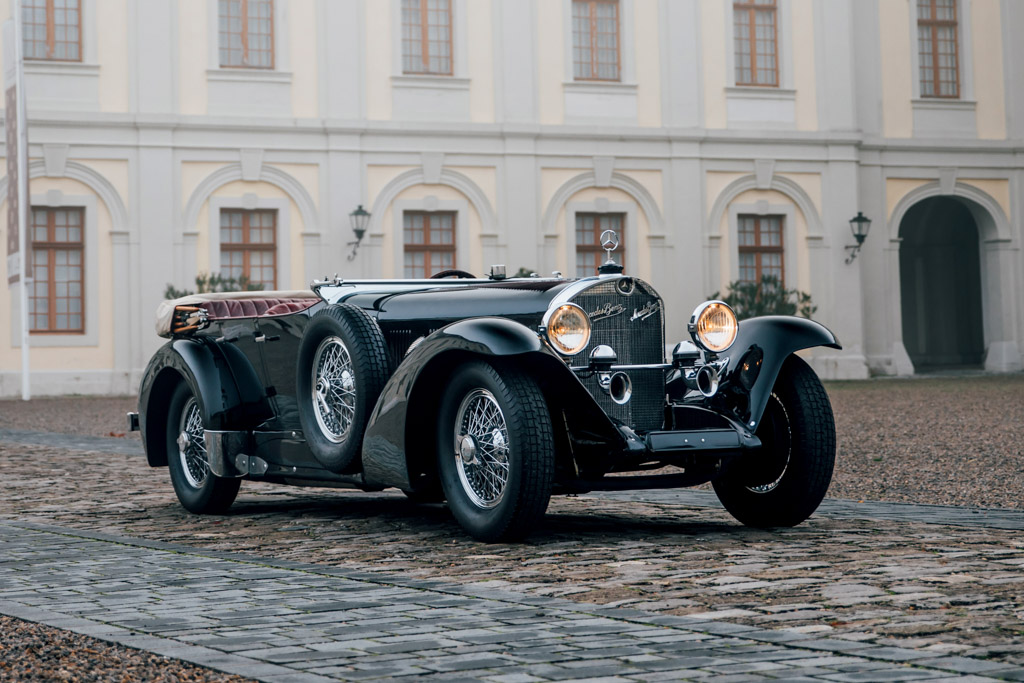
The Mercedes was bound to be awesome, as it was mr…- DR. Porsche’s doing. Dr. Ferdinand Porsche, before he established his own sportscar brand – he had an engineering bureau, and before that: he worked as Daimler’s Technical Director. That is why the new Mercedes was great by definition. It had to be. Hugely thanks to Porsche, Germans won their Targa Florio in ’24 and they would have kept winning, if not for the change of regulations. But regulations did change and the were left without any winning machine. Porsche then, took the 630K model, which was a huge limousine with a Straight 6, over 6-litre capacity – supercharged, no less. It was, of course, his own design as well and it didn’t take him even a year to change a 2-tonne limousine into a speed demon. He took this shit and bored its motor to what was almost 7-litres, increased the compression ratio and used bigger valves. All this was mated with a better 4-speed transmission, and put in a lowered, shortened Mercedes-based chassis, so it… you know… accelerates, turns in corners… those types of weird fetishes.
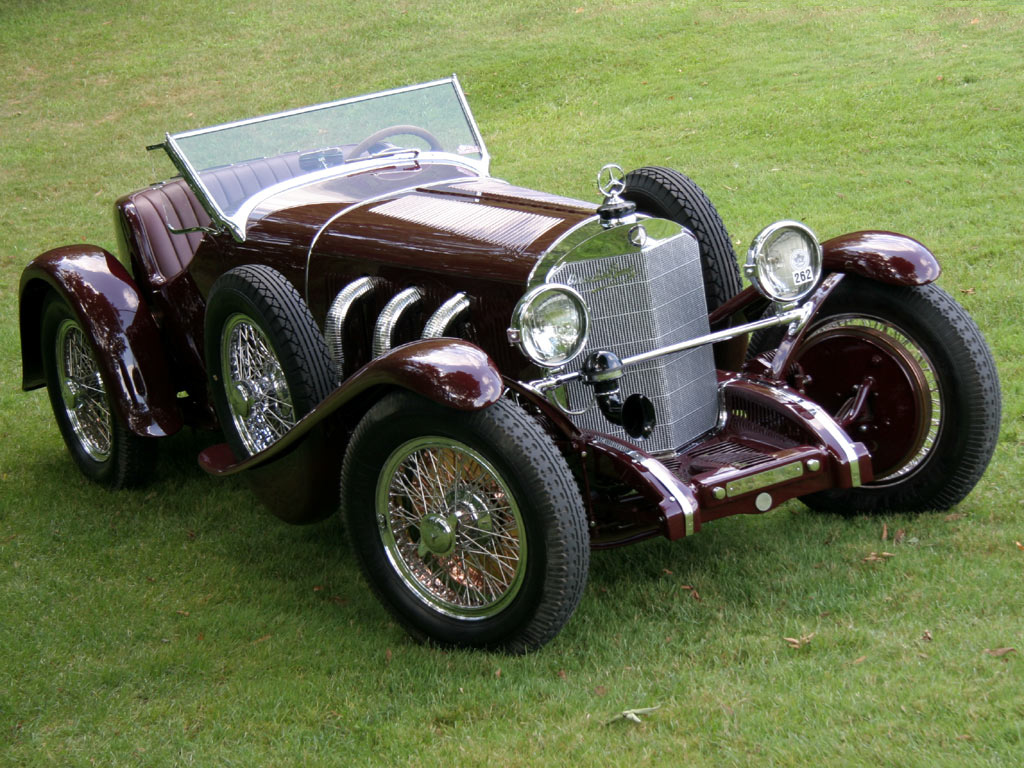
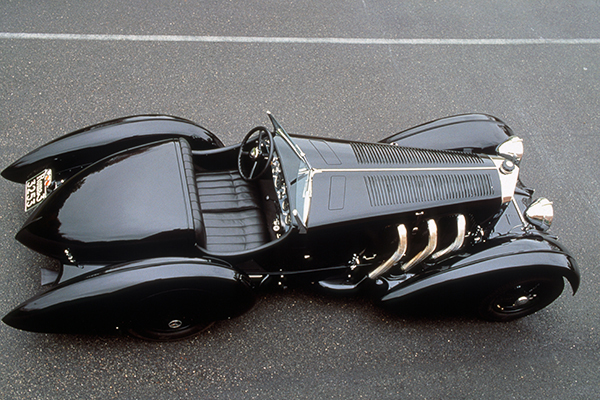
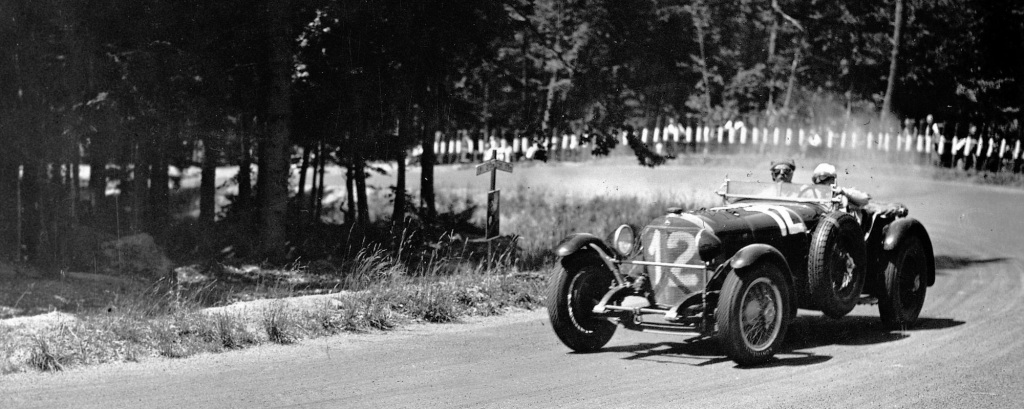
And you know – funny story – in the old times, until like 1948, we used „tax horsepower” to understand engine parameters. It was, obviously, not in any way related to the actual engine power. Not entirely random number – you had a special formula to calculate it and it mainly depened on cylinder capacity, but let’s face it… it was bullshit, ok? It was a bullshit number. Let’s keep that in mind then. Now we look into the Mercedes engine details. It has a Roots-type supercharger. Ok – a rotary pump starts operation when the pedal is fully depressed. If not, then engine has no forced induction, generates only 120 horsepower, but with increased reliability. And now get this: Model S was not really called S. Oh, no, no, no – that would be easy. We don’t do that here. The Germans named their new car after the power generated from its engine. ‚Which number?’ I hear you ask. ‚Tax horsepower, natural or with forced induction?’ The answer is: yes… Instead of Mercedes S (sport) the new Mercedes model was ‚Typ 680 26/120/180S’ which included its displacement, tax, natural and forced induction horsepower in its name. With an ‚S’ at the end.
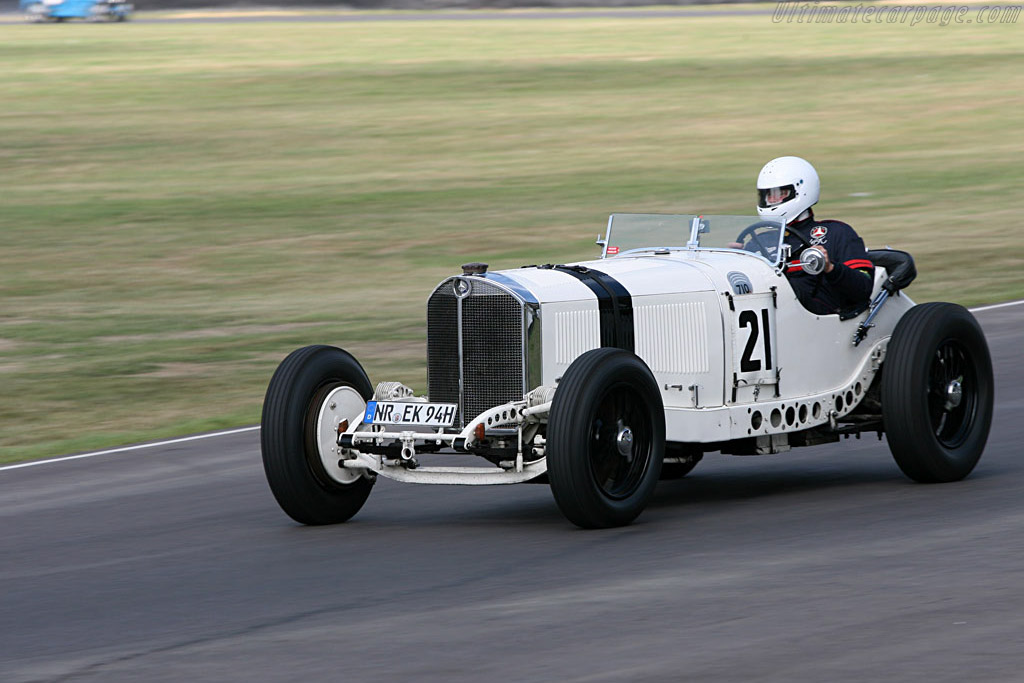
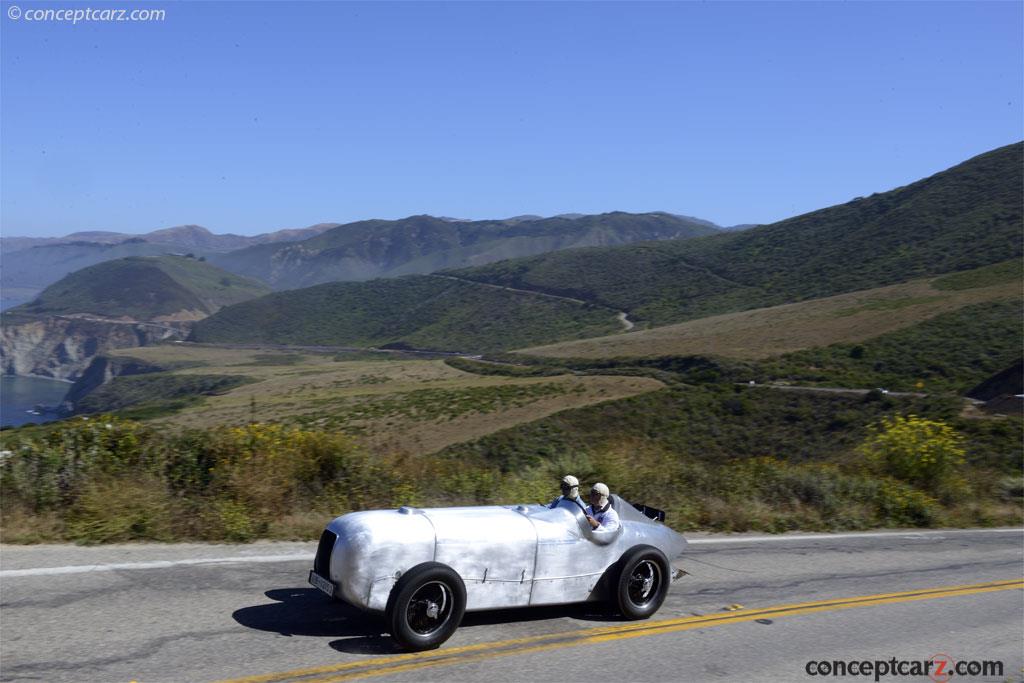
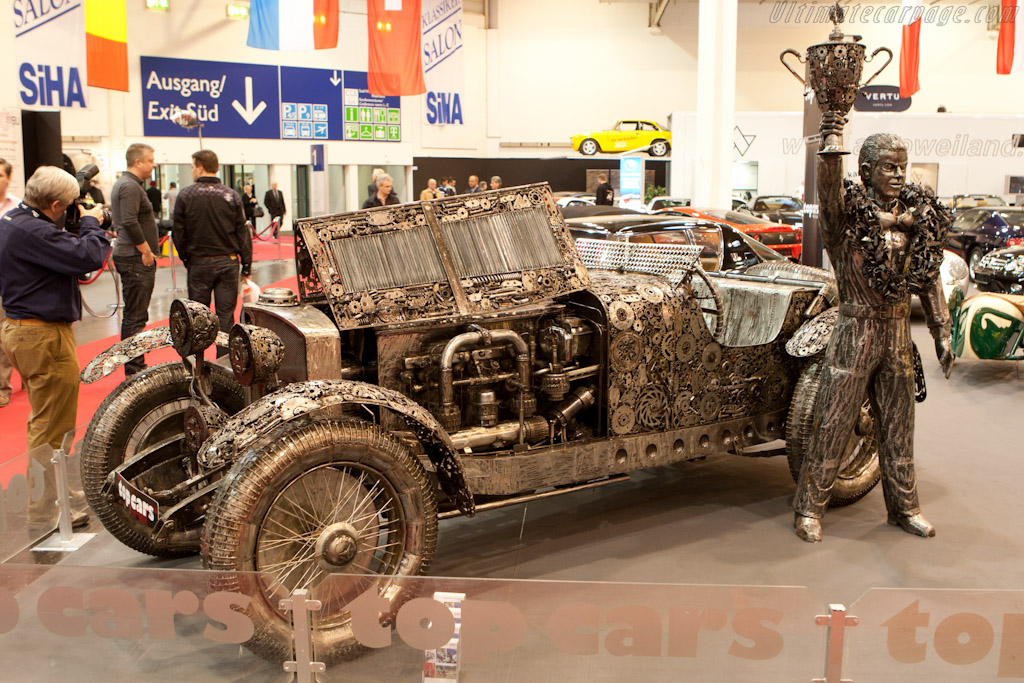
680 S was victorious in its debut – Caracciola was, with Rosenberger 2nd in a second Mercedes. The German GP later also went to the Mercedes. They didn’t even win – they claimed all podium for themselves, ok?! And they were constantly working on their cars. The SS variant came to be only after a year from introducing the original ‚S’. Up the displacement to the 7.1-litre, increased the reactor power to 200 BHP per second per second… but that was still… „meh”. Yeah, they were fast, of course they were – but they dominated long straights mostly, and they were more luxurious cruisers than real sports cars. The cars that still could weigh up to 2-tonnes and over. This type of automobile was successful in the hands of Rudolf Caracciola – he was the fastest to cross the finish line of a Nurburgring race, but the victory came due to the talented driver, really – and not the machine. A capable, solid construction increased his chances, but the car’s performance figures didn’t play any big role in the win.
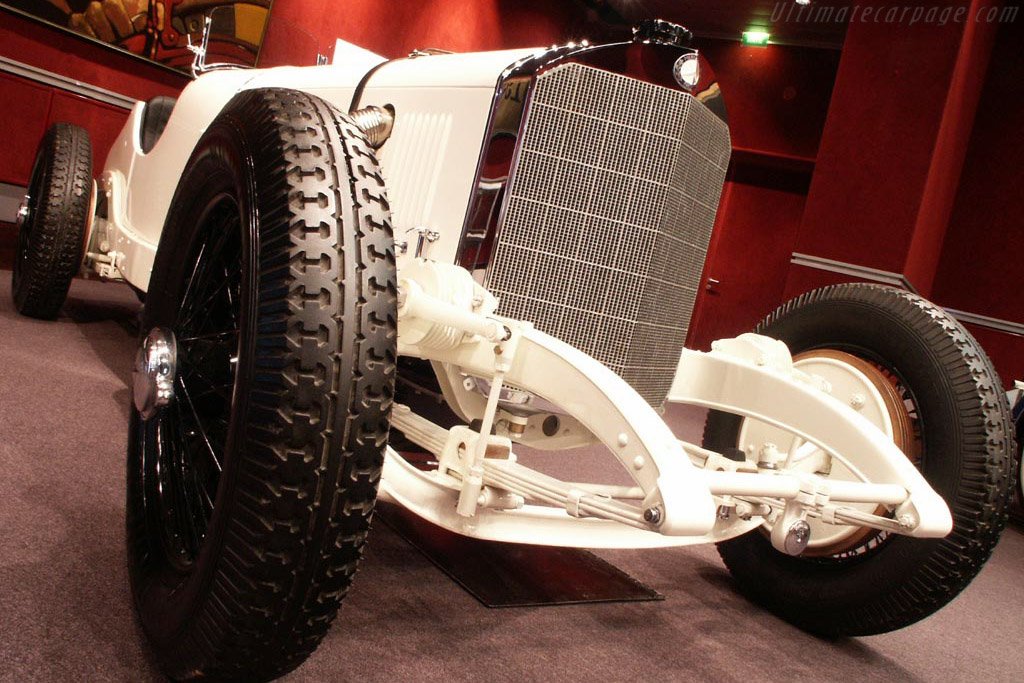
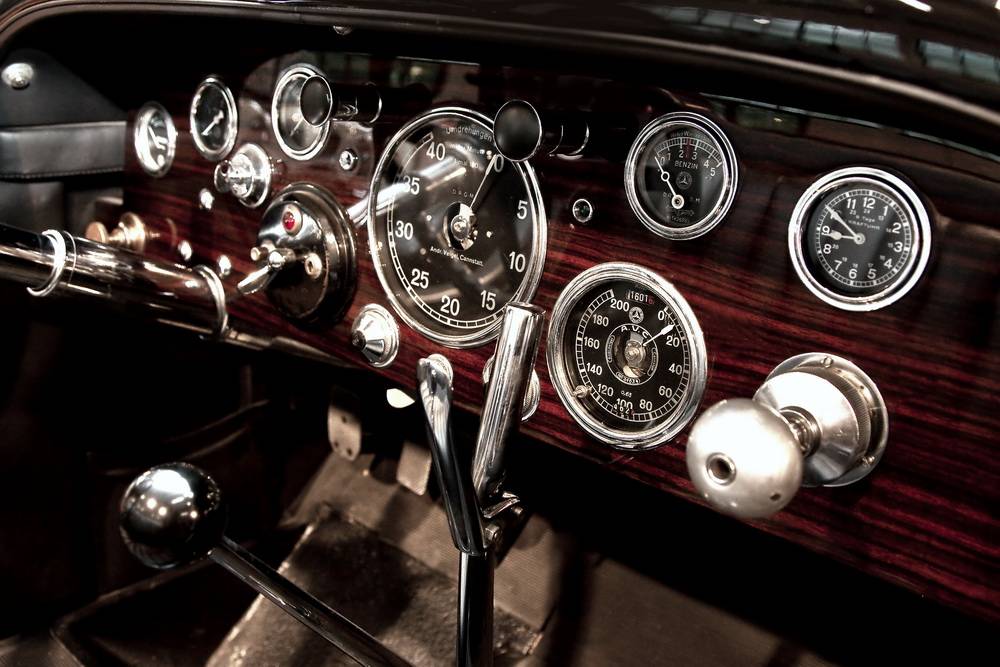
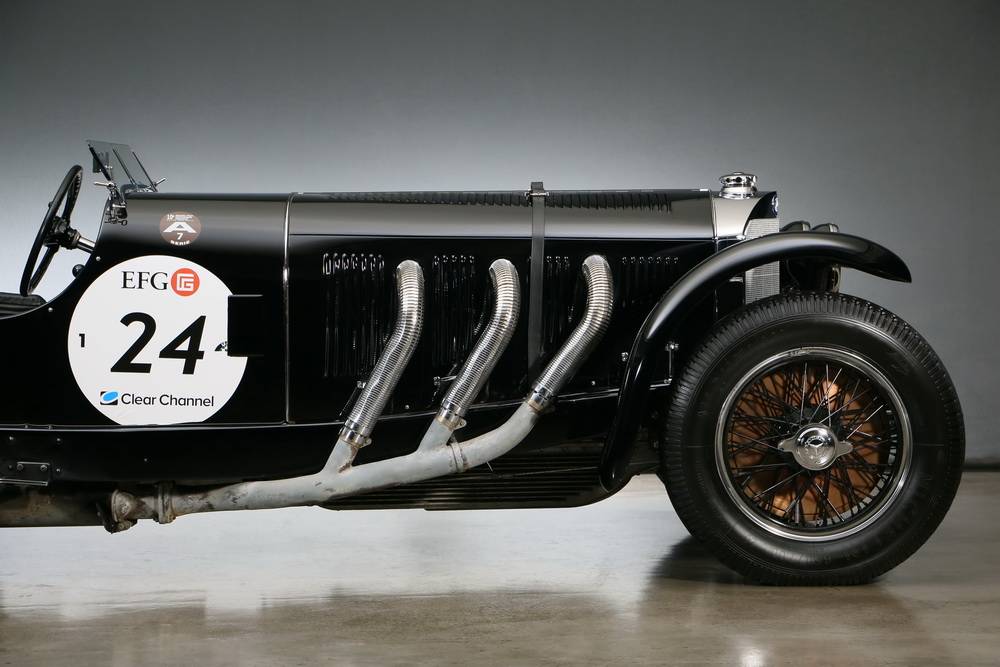
But the time came for a true racer to appear. 45 examples were made – of a lighter SSK variant with a shorter wheelbase. It was a new chassis after the company merged with Benz. SSK had an S radiator, an SS engine – and there was no match for it in hillclimbs at least 26 times. That’s how many times Rudolf Caracciola won HIMSELF – WITHIN 2 YEARS – not counting any other drivers. And maybe he wasn’t a true rival to Bugattis of the time, maybe not even for the Bentleys, as both were differently focused cars, essentially. But Alfa’s were being fucked without getting warmed-up. Caracciola won his Mille Miglia as a first non-Italian driver, and he beat the record speed at that (going 101 kph avg.)… just to be caught not 3 weeks after, during the Belgium event, going with 195 kph average speed. Alfas were nimble, but the Mercedes had the engine block from lightweight silumin, a bigger supercharger, 225 bhp and it could accelerate to 120 mph. It had so much torque, that if you put it against your house and slowly started going – it would fucking move the entire building. Over 500 ft lb.
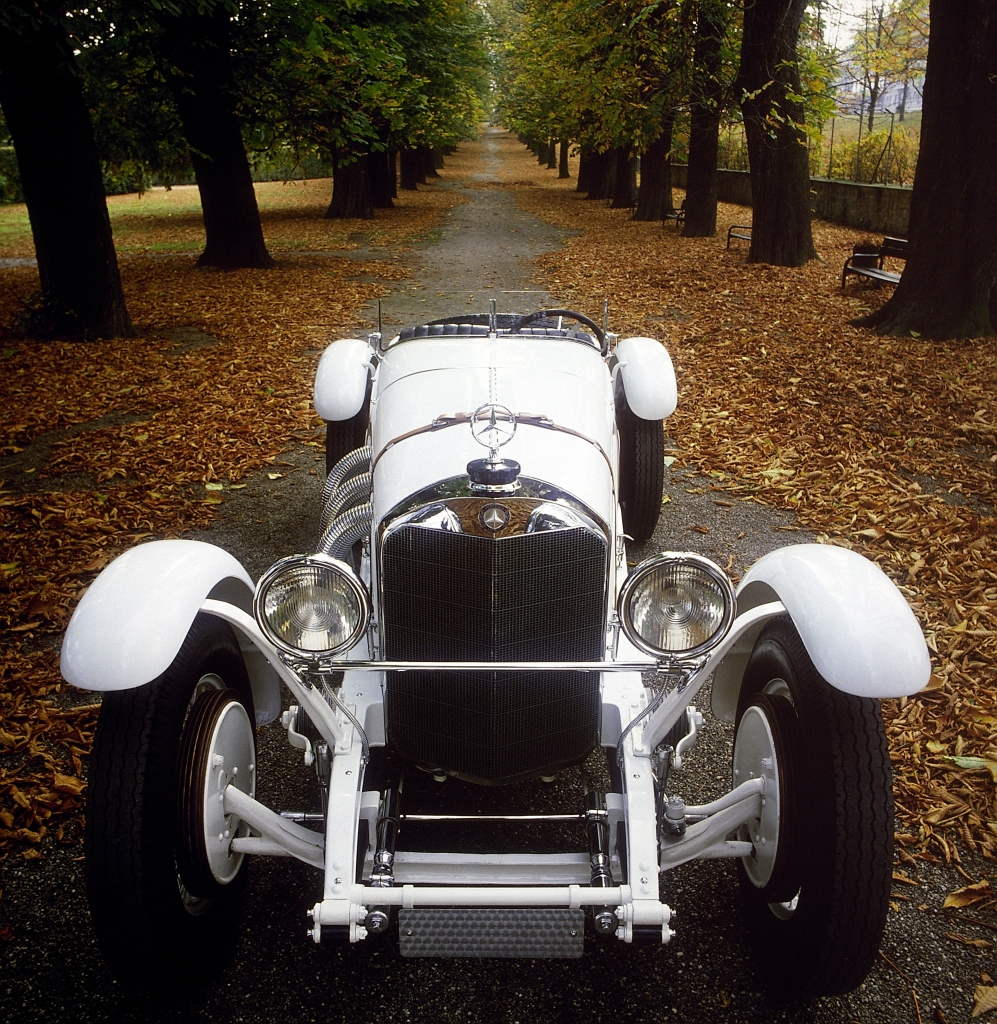
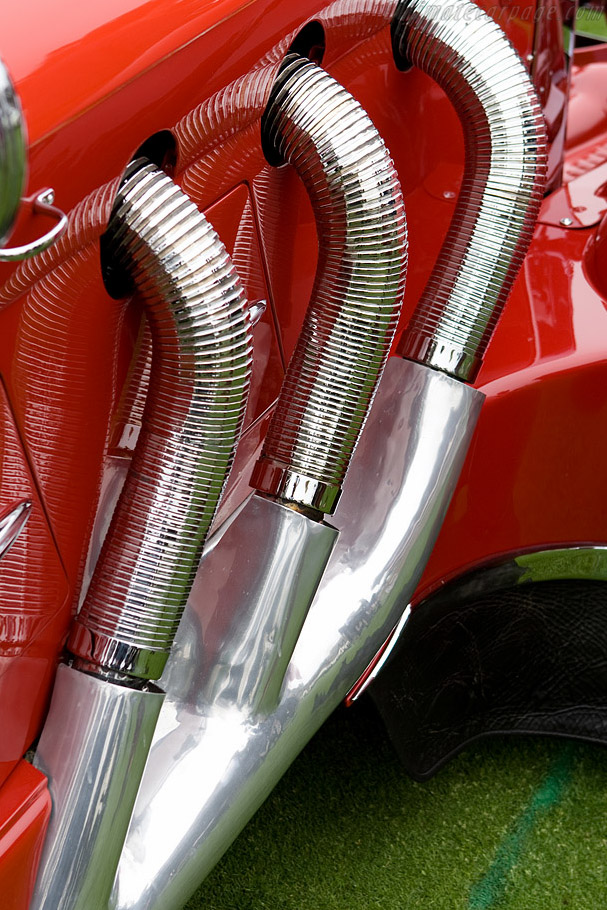
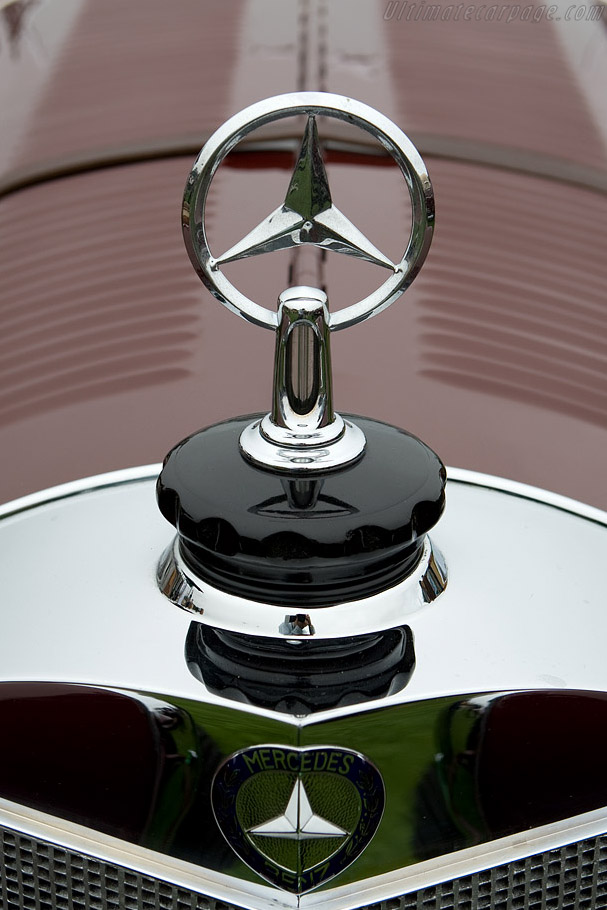
SSKL was a dedicated track destoryer. It had 300 horsepower and lighter chassis. Germans saved some good by boring out holes in its ladder frame. That made it 70 – even 120 kg lighter than originals. It was fueled by a race mixture of benzole – the engine would overheat without it. Not many of those were made, but one was driven to success by Caracciola. SSK was one of the best sportscars of the ’20s, and its end came with the introduction of the Alfa Romeo 8C2300. It was a better handling car, but it also was a completely new generation of a sportscar from grounds up. And then, another crisis came and Mercedes had to quit racing entirely. The Germans will have their comeback to the top, not with the ‚S’ series, but their winning track cars, that will haunt all the possible circuits of the world. The SSKL was a rare variant itself, made in 7 examples only (I think) – all for motorsport purposes and none survived to this day.
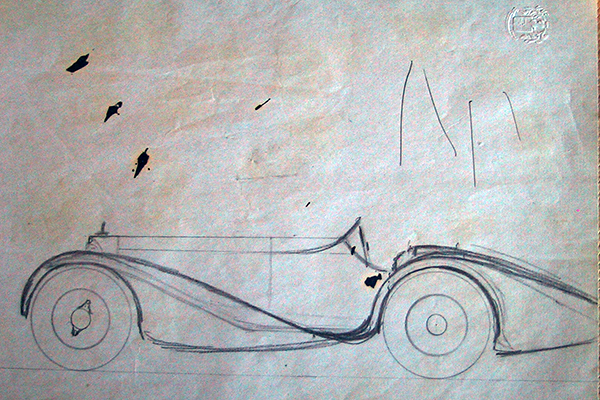
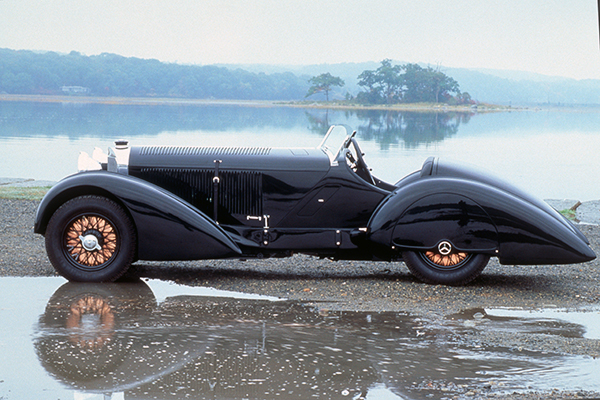
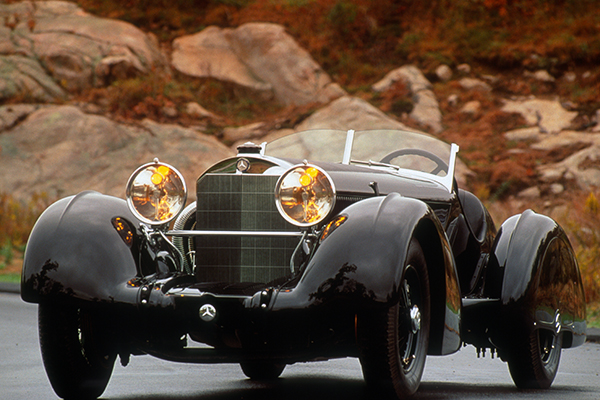
Its performance and sport triumphs cemented the German position as the best sportscar of the ’20s. The very last Porsche design, before he left the company to start his own. The fastest in its time. It got to the finals of the Car of the Century awards. Won countless events: endurance, sprint, hillclimbs – you name it. And today: the ultimate example for a true collector. The Holy Grail of motor world. The mighty. The beautiful. Car with soul and huge portion of auto history in its portfolio. It started as a result of post-war cuts, and ended as the best car of its decade.
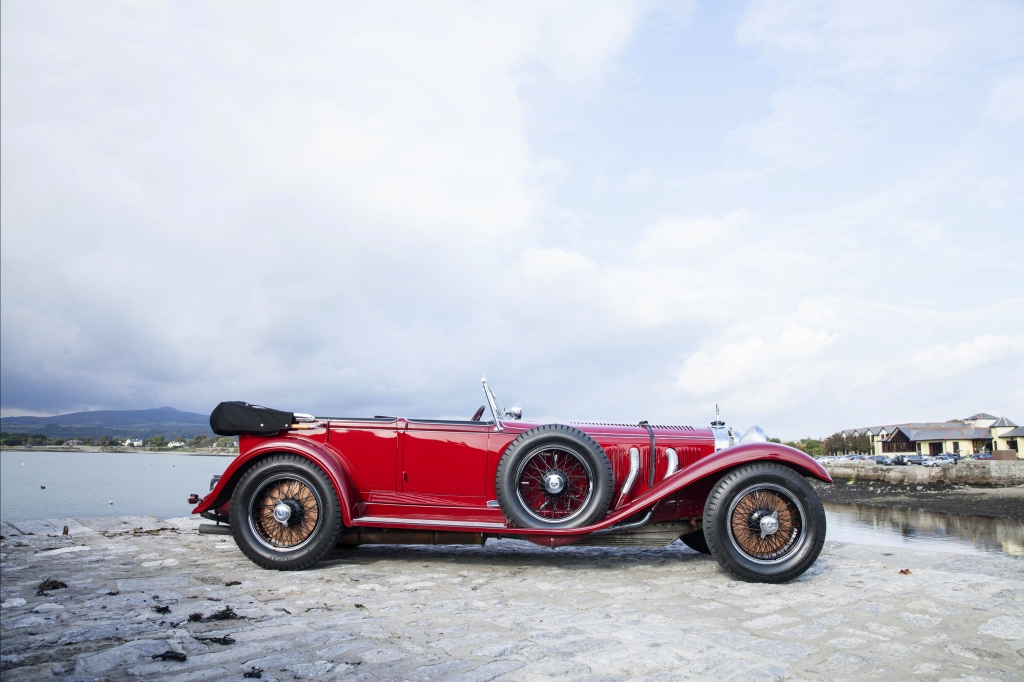
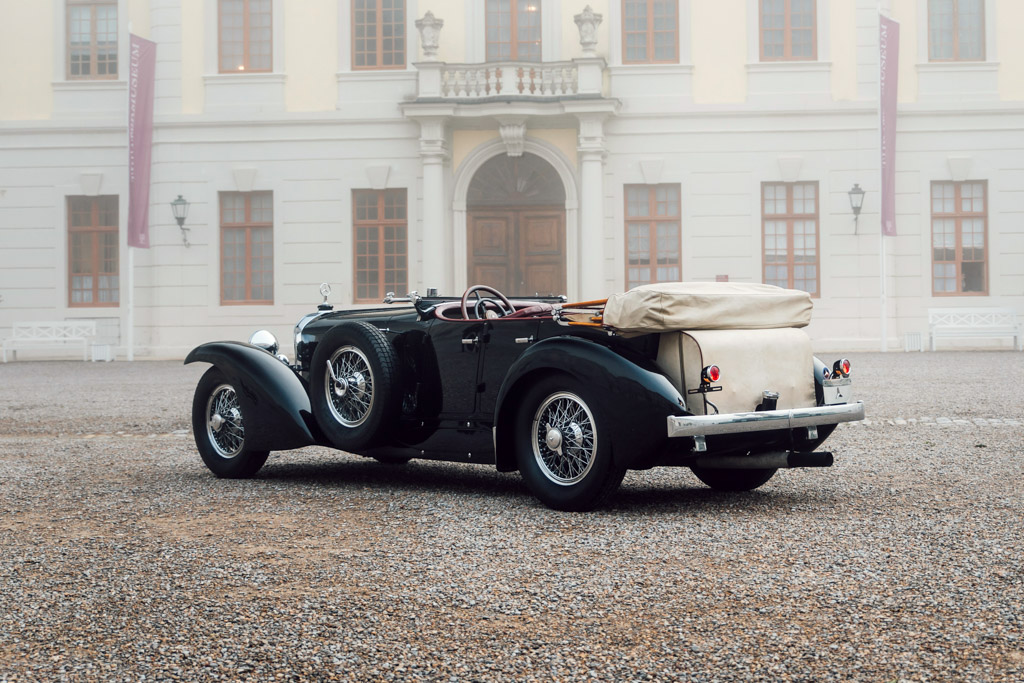
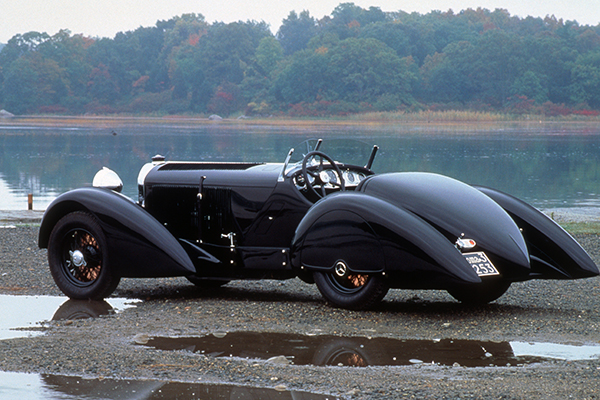
Krzysztof Wilk
All sources: autozine.org | ultimatecarpage.com | wikipedia.org | classic-trader.com | revsinstitute.org | hotcars.com | bonhams.com | rmsothebys.com | conceptcarz.com | dyler.com | paulrussell.com | supercars.net | mercedes-benz-publicarchive.com | Top Gear: The Cool 500 – The Coolest Cars Ever Made | N Balwdin – The World Guide to Automobiles, the Makers and their Marques
